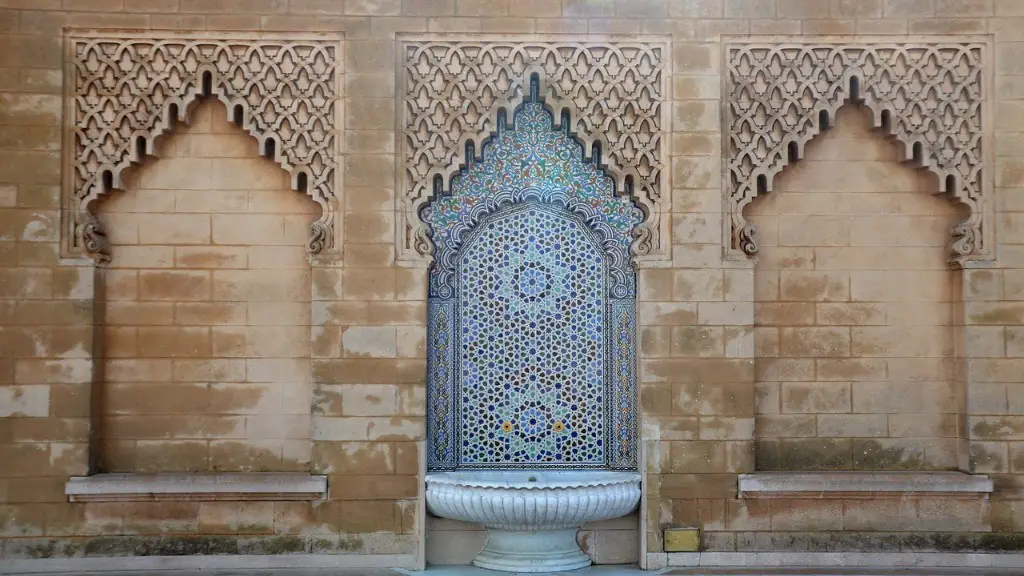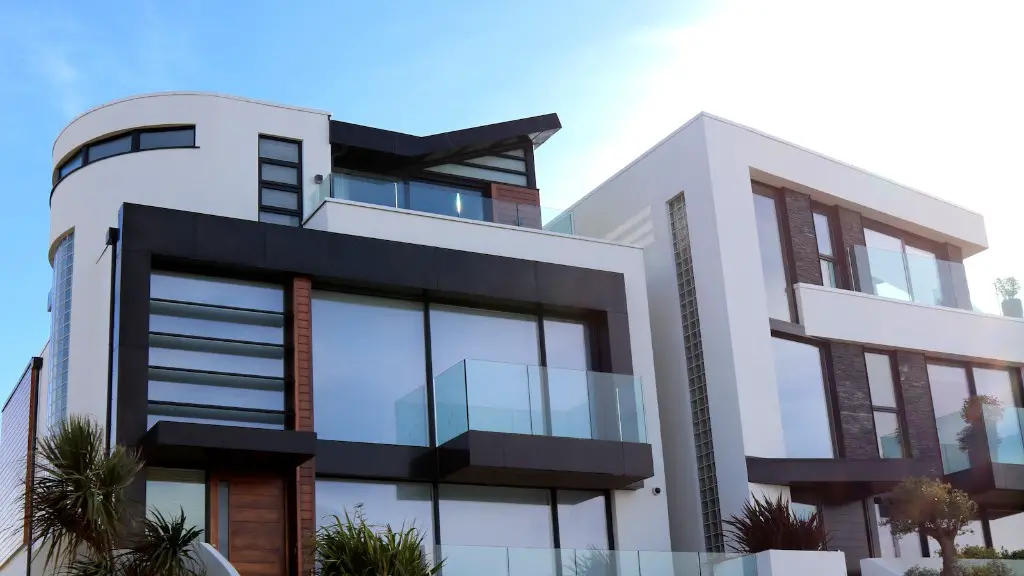Why Architecture Is Called Mother Of All Arts
Architecture is widely recognized as the mother of all arts, a sentiment shared by Plato and in more modern times, the American poet and philosopher Ralph Waldo Emerson. Every other art form is a handmaiden to architecture, owed to its innate ability to synthesize and assemble all the other related arts into something larger, something enchanting and grandiose. It is unique in that way.
This is not to say other art forms have no merits. Diverse expressions of creativity — visual art, dance, music and literature to name a few — often serve as the underpinning of a monumental architecture achieving an expansive and overwhelming grandeur in its scale. But, no art can exist without an architectural element- its spacial framework, bearing the brunt of purpose and ideas that make it emotionally resonate.
People have long drawn significance from their built environment and it’s from this fabric of interconnectivity that allows architecture to become the pinnacle of artistic expression. It has the power to bridge the material and the spiritual, to unify the tangible and intangible, the temporal and non temporal. It equally carries the burden of setting the stage for creative endeavors ranging from times immemorial.
It’s fascinating to observe the advances that have been made. From the medieval masons who constructed awe inspiring cathedrals bringing together masters of sculpting, painting, and metalsmithing, to the beaux-arts and modernist movements in architecture that redefined what was possible, prioritizing simple geometries and daring compositions. As people become increasingly adept in expressing their creativity, the art of architecture continues to evolve and reinvent itself.
What really makes architecture the mother of all arts is how it demands collaboration and cross-pollinates talent from multiple disciplines. In this way, it supersedes traditional boundaries and cultivates new avenues of expression. It’s almost impossible to pinpoint the profound impacts of this kind of intensive collaboration.
This could be best seen in how younger generations of creative are mastering mastery across multiple fields. Entrepreneurs, musicians and designers alike have been responsible for developing monumental communities, inspiring works and performance that build off of their collective genius, relentlessly melding traditional and contemporary arts.
The role of architecture as the mother of all arts is crucial, yet with the world evolving exponentially, it’s also evolving to reflect our current era. Dramatic changes to the way we create, consume and live our lives are manifesting themselves in the architecture we build and adjust to, and in response, the range of possibilities for creative exploration and collaboration have only widened.
Metaphysics
The expression of culture and the collection of shared values is a major part of what makes architecture so interesting. It is nearly impossible to look at a building without considering the spiritual and metaphysical implications at play, and the metaphor of physical structures as a microcosm of our entire universe is not a new idea.
The great Gothic cathedrals were an expression of faith, with every spire and buttress carrying symbolic and spiritual meaning. Even the more mundane buildings are a testament to the idea that architecture is the embodiment of the collective cultural soul and serves as a grounding for creative expression.
Similarly, the great palaces of past empires may be seen as physical embodiments of the power structure of their respective societies, both glorifying the gods and enshrining the monarchy and its values.
Even today, with our current level of construction technology, we are still able to recognize the grander metaphysical implications at play. Many current monuments, such as the Peter and Paul Cathedral in Saint Petersburg, for example, continue to speak of the grandeur of our society and its values on a much smaller scale.
Societal Responsibility
Architecture has the power to shape culture and to dictate social relationships. Consider the idea of the modern city, and the power structures built into its organization that dictate who is in charge and how people relate to one another.
The history of architecture shows a wide range of influences, from the ancient Greeks and Romans, to the Chinese dynasties and Islamic cultures. All of these examples demonstrate the power of architecture to dictate the societal environment, from the opportunities available to citizens to the moral and ethical standards.
The impact of architecture is even more evident when it comes to global changes. The large-scale movements of people in the past, such as the colonization of the Americas, have had an enormous influence on the built environment. Similarly, the influence of technology on architecture is evident in the way in which our own cities are constantly being reshaped to accommodate the changing needs of society.
While contemporary architects may not have as much influence as their ancient counterparts, they still have the power to shape the future by creating buildings and public spaces that foster a greater sense of social responsibility. This is why architecture is often seen as a reflection of our values.
Environmental Impact
The environmental legacy of architecture is a major part of why it is regarded as the mother of all the arts. Research has shown that the materials we use to build our built environment have a tremendous impact on our planet. The good news is that architects, engineers, and urban planners are taking a more proactive stance when it comes to designing buildings and public spaces that are more respectful of the environment.
Major initiatives like the LEED movement and green building certifications are helping to reduce our energy consumption, while also promoting a more sustainable way of living. This has made considerable progress towards protecting the environment, and is one of the reasons why architecture is viewed as a positive force.
Architecture is also being used to facilitate multiple actions in defense of environmental issues. For example, the use of green walls in many public spaces has increased, cooling our environment and filtering the air. Likewise, landscape architecture has been instrumental in creating ecological systems that promote natural diversity. Finally, many cultural spaces are adapting the use of renewable energy sources, making them both visually stunning and sustainable.
Creative Possibilities
Creativity is essential to architecture, in that it allows for novel solutions and ideas to come forth. This is why it is often seen as the mother of all the arts, because of its potential to facilitate the coming together of all the related arts.
It is the interconnection between creative mediums that makes architecture so powerful, for it is able to present a unified solution to a problem or design that is greater than the sum of its parts. This can be seen in the way in which modern stunning skyscrapers often incorporate elements of sculpture, design, painting, and engineering – all coming together to form something that is greater than the individual components.
This is why it is so important to recognize the importance of cross-disciplinary collaboration and innovative solutions. No art form can exist without architecture, and its potential to bring all of the related arts into the same space is an invaluable asset. The possibilities are simply incredible, and this is why so many people continue to pursue architecture as a form of creative expression.
Conclusion
Architecture has long been seen as the mother of all arts due to its potential to integrate multiple creative disciplines and unify them in harmony. Its structural framework facilitates connections between arts, resulting in unique hybrid forms that are both beautiful and meaningful. Similarly, architecture has the ability to influence society on a much larger scale, from shaping our communities to promoting social responsibility. Finally, the creative possibilities of architecture are endless, and each is a testament to the incredible potential of human creativity.





